Join Cultural Samvaad’s WhatsApp community
The Ramkatha, the immortal story of Rama is a living tradition in India and many parts of Asia and has been around for millennia. Tulsidas wrote in the Ramacharitamanas – ‘jaki rahi bhavana jaisi, prabhu murat dekhi tin taisi’ (जाकी रही भावना जैसी, प्रभु मूरत देखी तिन तैसी). This implies that human beings see the image of god as per their emotional state and intellectual bent of mind. Each of us visualises Rama and Sita and engages with their story in a uniquely personal manner that is overlaid with the time, place, culture and socio-economic conditions that one is born in and lives in. This intense and incessant engagement has given birth to uncountable renderings and retellings of the Ramkatha in multifarious forms and languages in India and across the world.
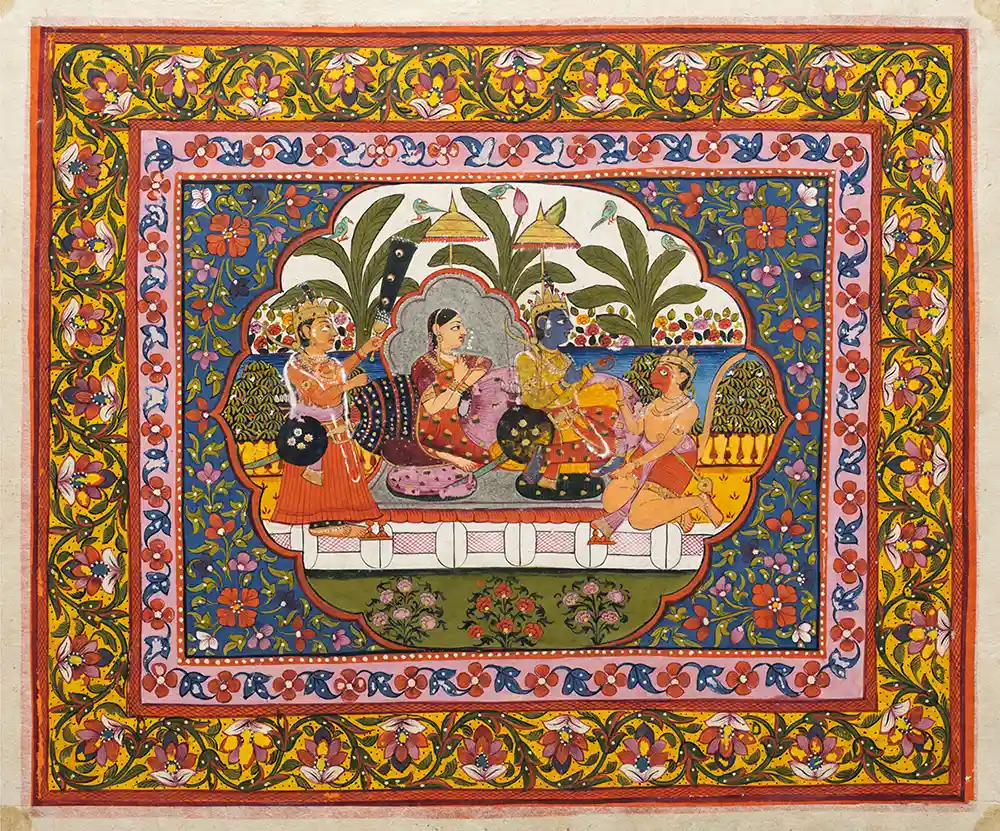
Ramkatha Renderings Before the Common Era
The oldest earliest telling of the Ramkatha available to us is Adikavi, Maharishi Valmiki’s Ramayana in Sanskrit. The earliest parts of this timeless itihaasa definitely draw upon existing narratives and are believed to be atleast pre-7th Century BCE, even though amendments continued for centuries. This monumental work serves as a foundational text on which the beautiful edifice of the Ramkatha tradition was built. Valmiki’s Rama is not only an embodiment of Dharma (रामो विग्रहवान् धर्म:) but also an ideal king and an invincible warrior.
Read More: Why did Valmiki compose the Ramayana?
The ancient Dashratha Jataka and the Vesanntara Jataka which are part of the Buddhist canon have unmistakable elements of the Ramkatha woven into them even though the protagonists are not called Rama and are said to be Gautam Buddha in his previous lives. The Vessantara Jataka itself is a much loved and revered text across countries where Buddhism travelled.
Ramopakhyana is an early retelling of the story of Sita and Rama that is found in the Vana Parva of the Mahabharata. It attests to the ancient popularity of the narrative.
Ramkatha Renderings During the Common Era
Vimalasuri’s Paumacariyam is an old Prakrit text from the Jain literary tradition. In this rendition of the Ramkatha, Rama is none other than Padma, a pious and ideal Jain hero. Paumacariya is also unique because in this narrative it is Lakshmana who kills Ravana for Rama can not and shall not resort to violence or himsa.
Another text in the Jaina Ramayana tradition, the Pampa Ramayana was composed in Kannada by Nagachandra in the early 12th Century CE and portrays Ravana as a tragic hero.
Kamban’s revered work in Tamil, Irāmāvatāram or the Kamba Ramayana, also composed in the 12th century CE, is an enthralling account of the avatar of the divine Rama and is renowned for its aesthetics, local flavour and deeply devotional nature.
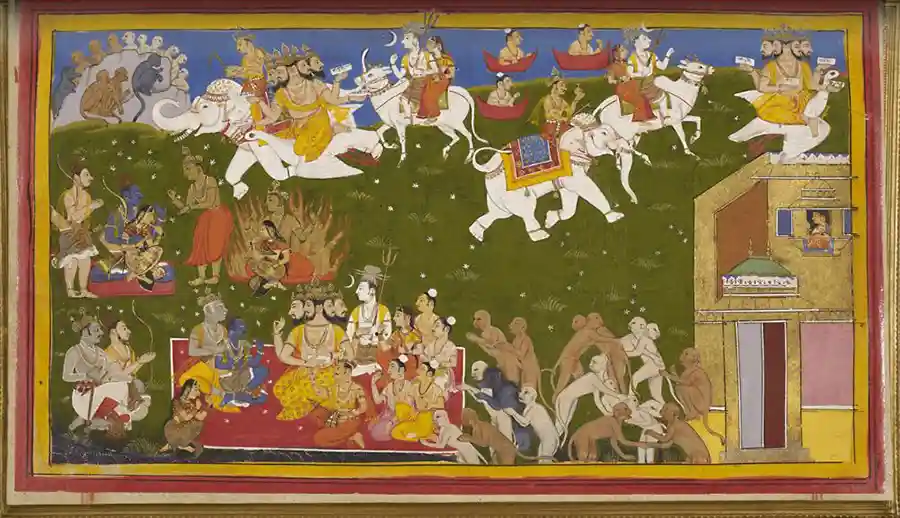
The Ramkatha tradition includes the medieval Adbhuta Ramayana in Sanskrit which is a remarkable text in which Sita who is none other than Adishakti herself, finally annihilates Ravana. The Adbhuta Ramayana is generally counted among the four great Ramayanas in Sanskrit, the other being the unparalleled Valmiki Ramayana, the Adhyatma Ramayana and the Ananda Ramayana.
Know More: Continuing Relevance of the Ramkatha
Saptakanda Ramayana composed in Assamese by Madhava Kandali is not only one of the earliest renditions of Ramkatha in a modern Indian language but also deviates from the Bhakti genre and portrays a defiant and dignified Sita.
The Bengali text, Krittivasi Ramayana on the other hand is soaked in the multihued colours of bhakti, is mellifluous and spirited in tonality and has the distinction of being probably the most popular book in pre-modern Bengal.
Perhaps one of the most important, authoritative and devotional tellings of the Ramakatha, can be attributed to Goswami Tulsidas whose Ramcharitmanas in Awadhi is considered as one of the greatest works ever composed in Hindi and has exerted untold influence on religion, culture and society.
The great poetess, Atukturi Molla’s, Molla Ramayanam, a Telugu work of the 16th Century CE, deserves special mention as it is one of the few extant renditions of the Ramakatha by a woman. An earlier Telugu rendering of Valmiki’s Ramayana was fashioned by Gona Budda Reddy in the early 14th Century CE and is referred to as Sri Ranganatha Ramayanamu.
Take a Quiz on the Retellings of the Ramkatha
Around the same period, Sant Eknath composed his devotional Bhavartha Ramayana in Marathi and focussed on the spiritual and philosophical messages of the Ramkatha.
The 16th century CE also witnessed the fashioning of the mesmerising Jagamohana Ramayana in Odia by Balarama Dasa while Thunchaththu Ramanujan Ezhuthachan’s classical and popular Adhyatma Ramayanam Kilippattu in Malayalam was rendered in the 17th century CE.
The aforementioned works are akin to a few drops in the perennial river of the Ramakatha. Its incessant, unebbing flow beckons the author, the narrator, the reader, the listener, the observer and the performer to take infinite dips in it and savour its nectar. At Cultural Samvaad, we hope that this array of great and variegated Ramkathas will impel you to explore the uncountable facets of the narrative of Sita and Rama and perhaps someday fashion your own telling.
Jai Shri Rama.
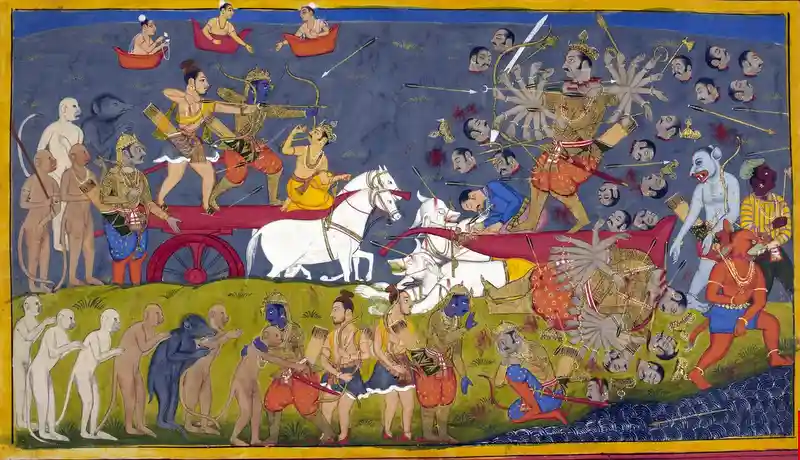
Notes:
- This piece stems from various years of teaching and discussing the Ramkatha tradition with multiple cohorts of students at the Mumbai University among others and participants at various workshops. I am immensely grateful to them not only for egging me on to delve deeper into the unsurmountable ocean of the Ramkatha but also for sharing the versions of the Ramkatha that they are familiar with and helping me learn in the process.
- The discerning reader may want to note that there has been a limited academic debate on whether the Dasharatha Jataka is older than Valmiki’s Ramayana. I do not support the hypothesis. However, it is possible that both are independent of each other and drew upon common pre-existing narratives.
- The above piece is not exhaustive in nature and mentions only some relatively early major retellings or those that are remarkable for a specific reason. It also does not mention a number of poems (kavya), drama and works of prose that have influenced the Ramkatha genre.
- The following spellings have been used interchangeably:
- Ramkatha and Ramakatha (रामकथा)
- Ramayan and Ramayana (रामायण)
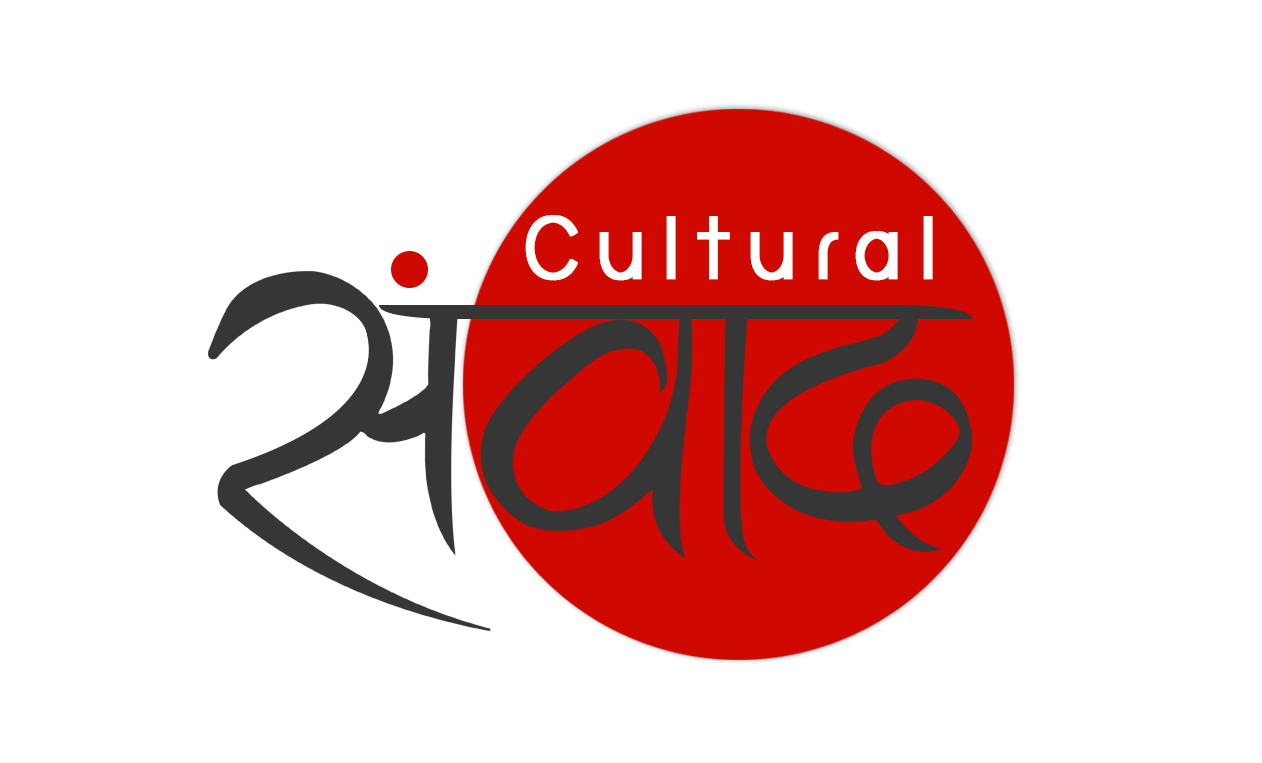

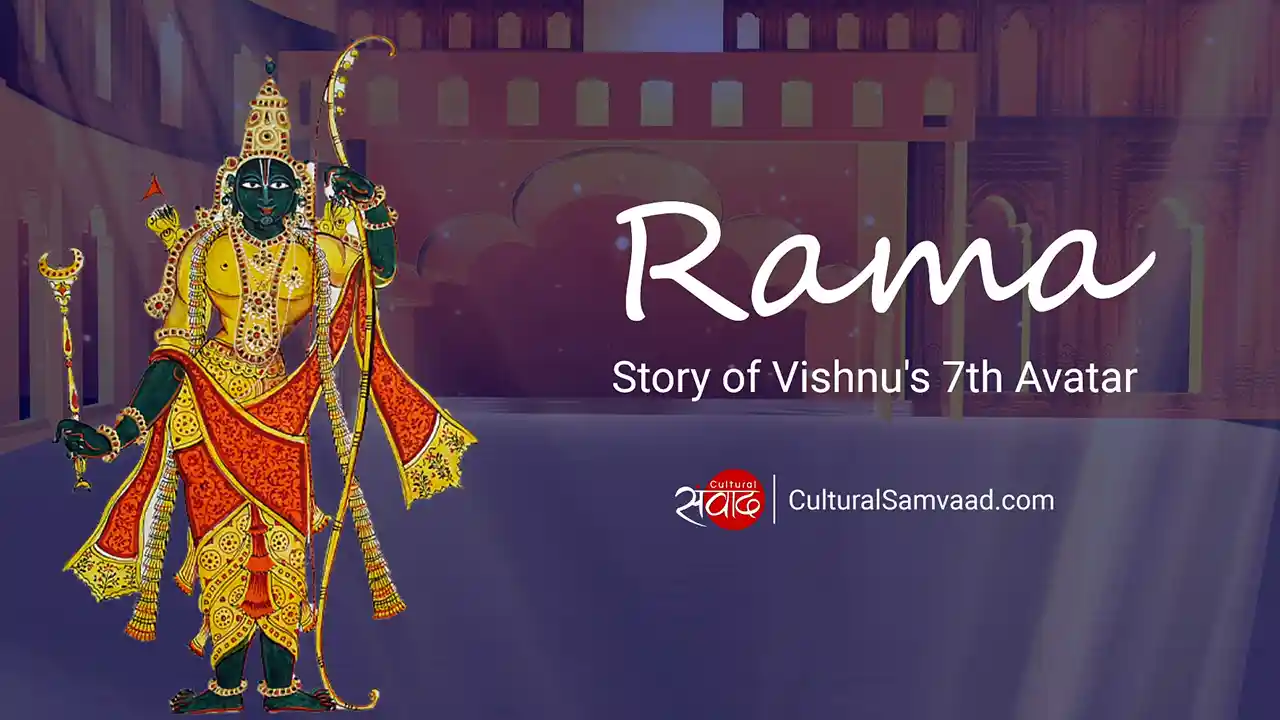
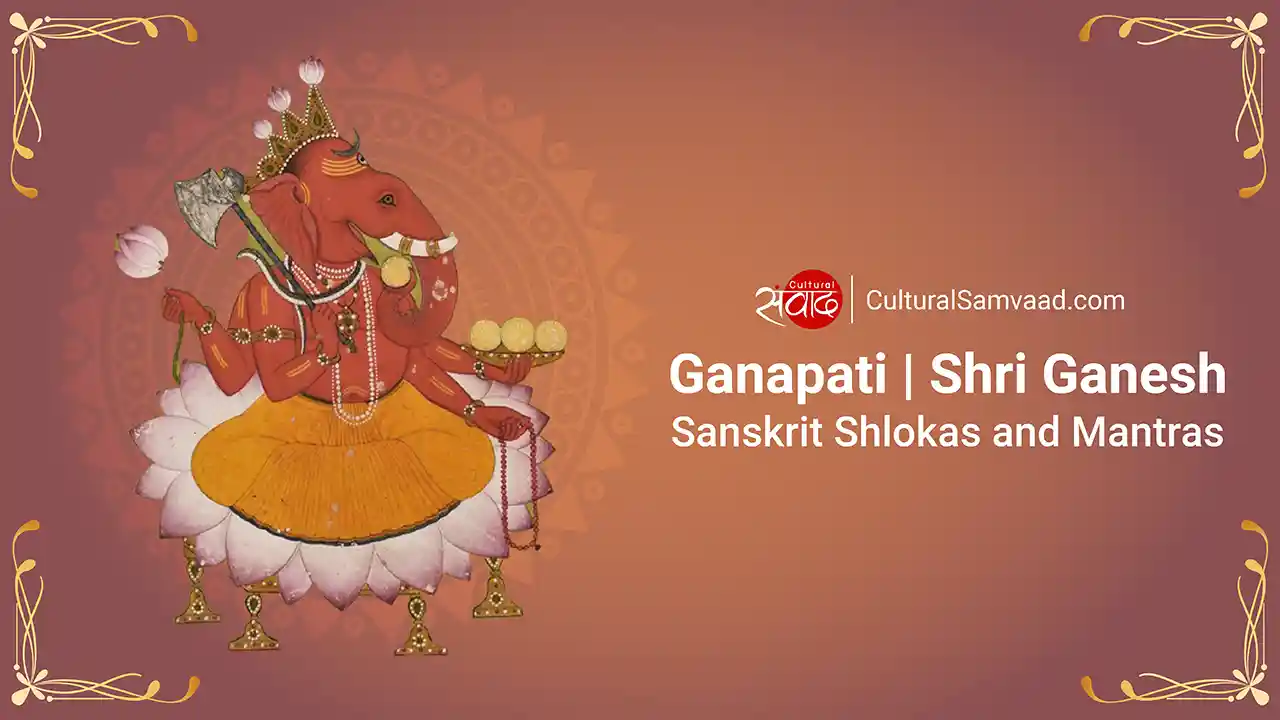
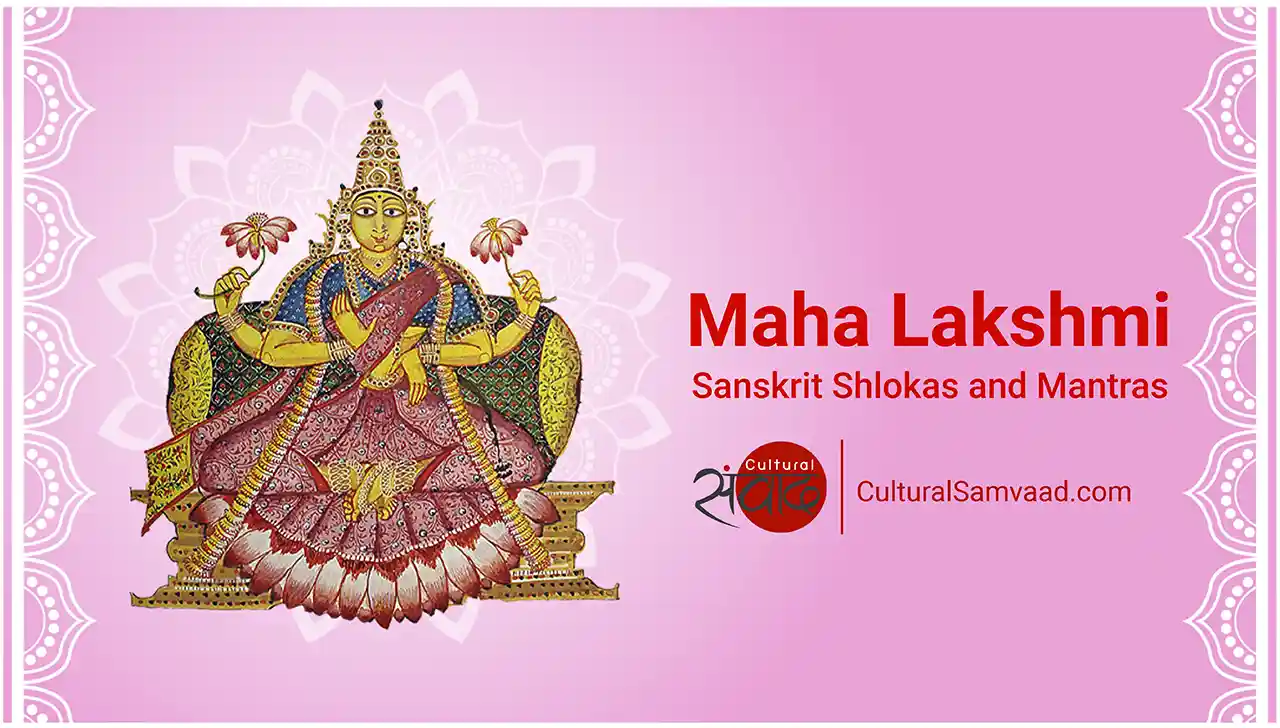
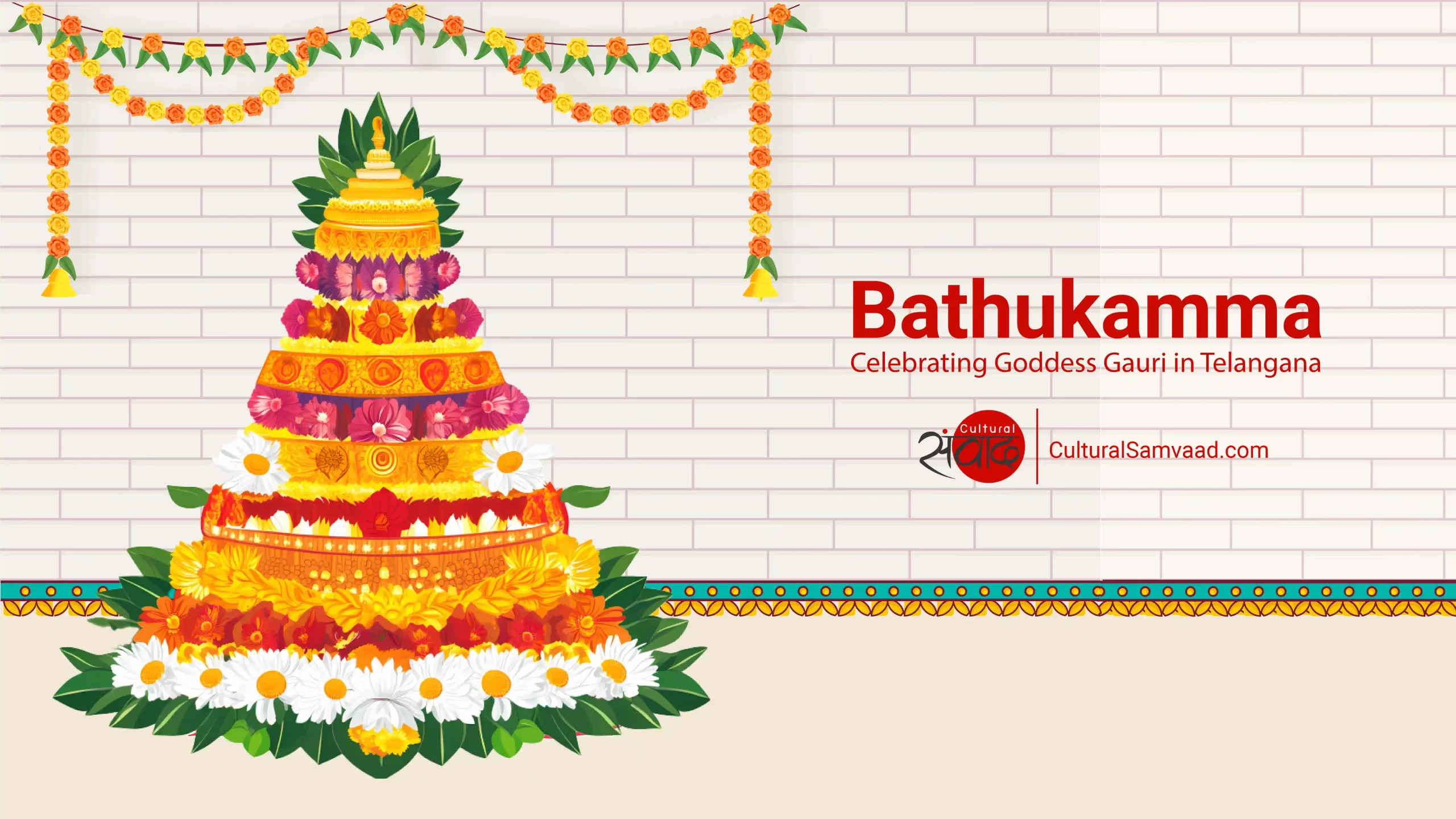
Add comment